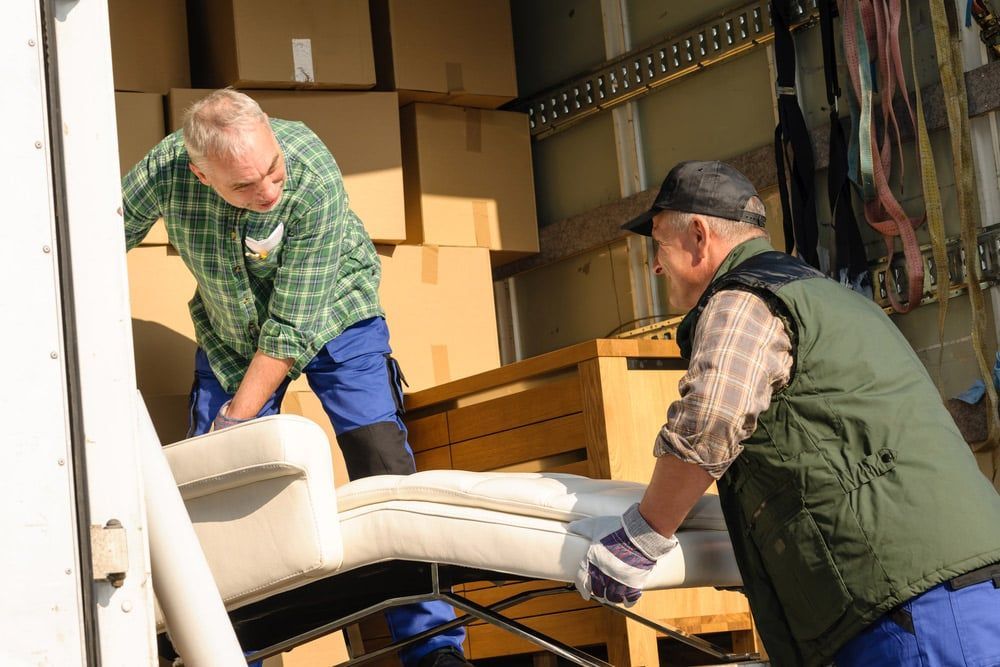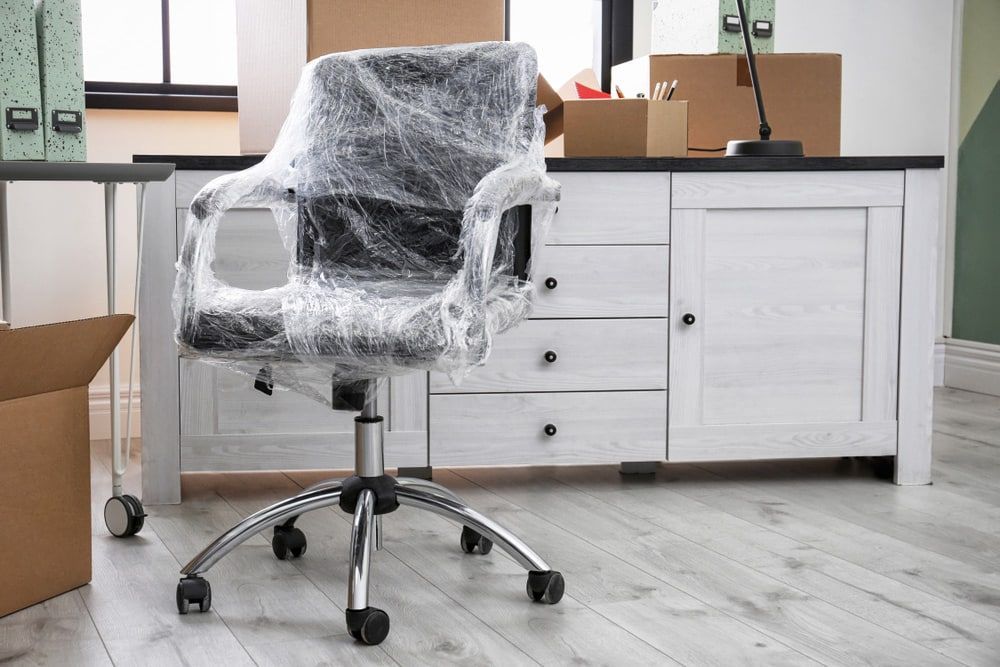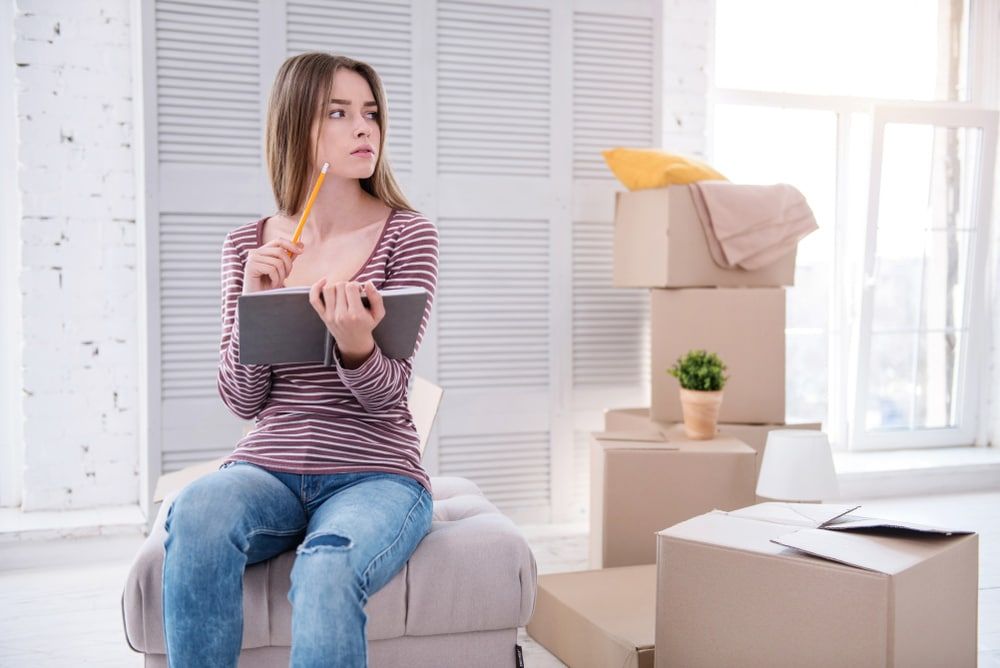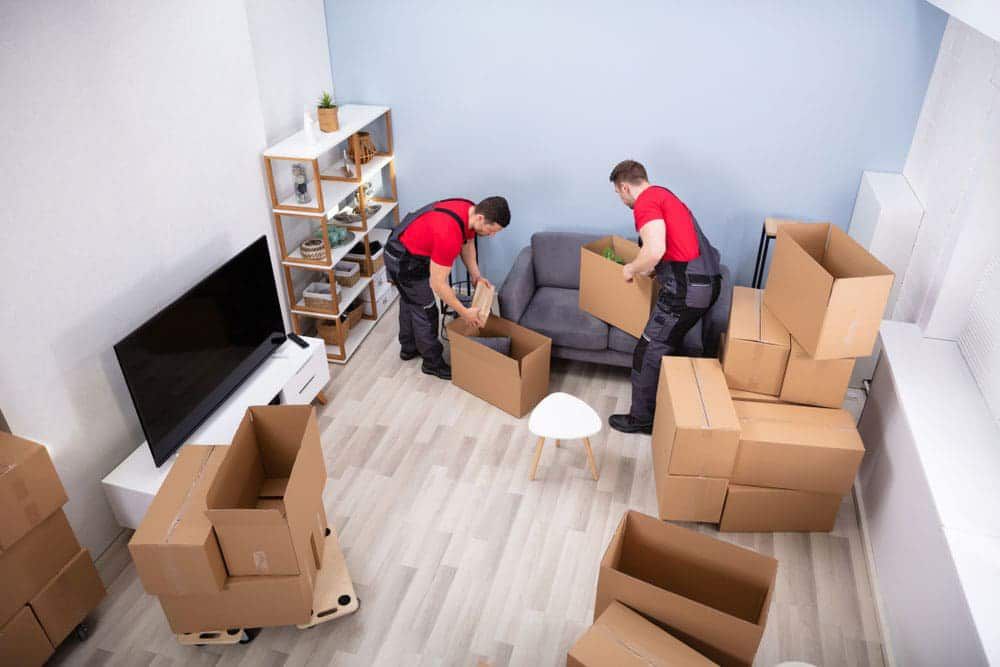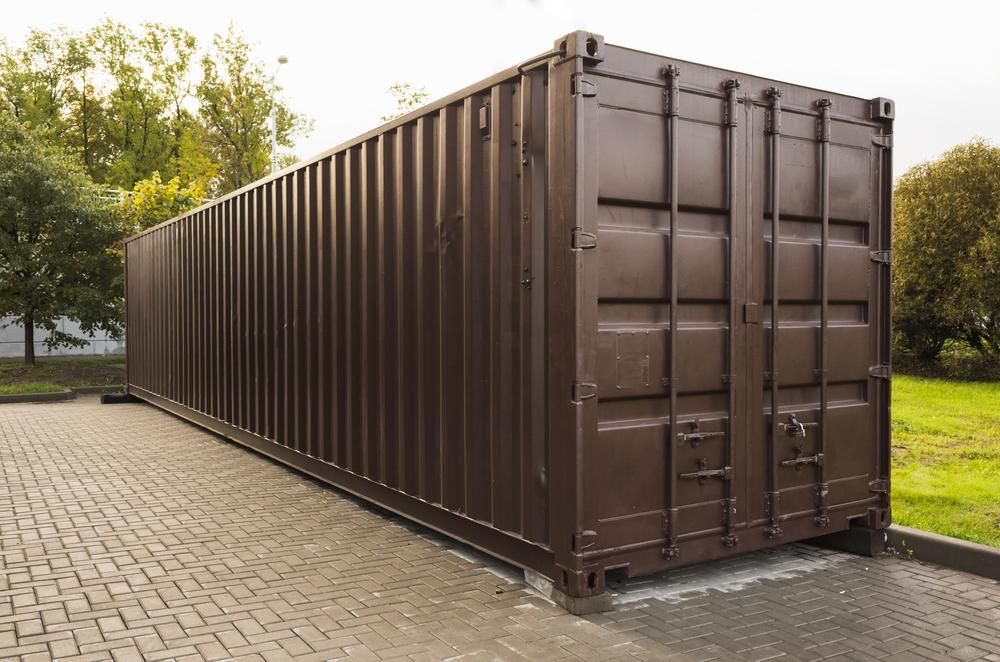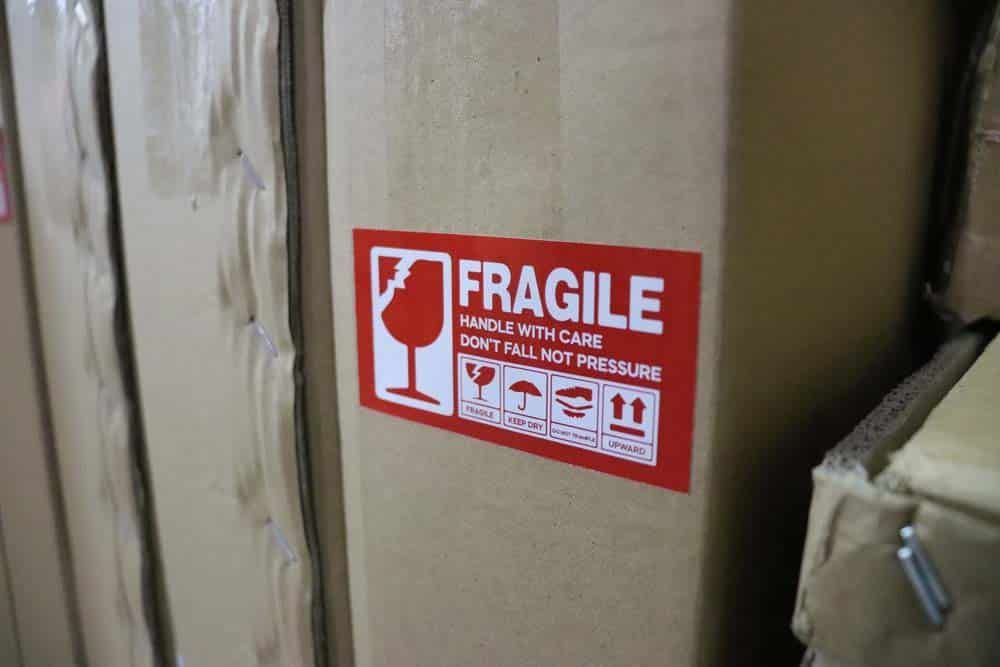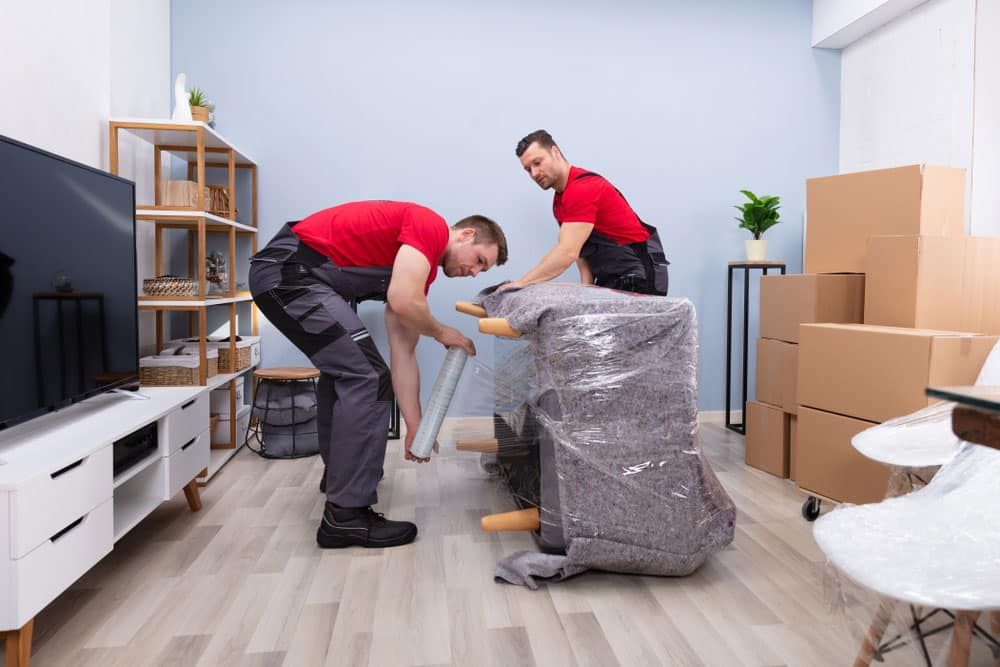How To Move With Plants
When moving to a new house, you’ll naturally want everything to go as smoothly as possible. Objects like plants often get overlooked and can cause issues if not considered properly. Light, humidity and temperature are just some of the things to consider when moving plants into a new home. If you’re preparing to move home and are worried about how to keep your plants healthy on the big day, we’ve listed some top tips below:
1. Create a pre-move checklist
A pre-move checklist can help you make sure that you don’t forget anything important. This could include things like speaking to your removalist to let them know you have plants to transport so they can take extra care. Checking all plants for any pests can help decrease the risk of infecting all your plants and not watering them before moving helps to lessen the weight and prevent any leaking. Pruning plants can help to prevent any damage during the moving process and any larger plants could be wrapped up to protect them more. Another aspect to consider is protecting any decorative pots and moving plants temporarily back to their original plastic pots. This can also help you to carry them more easily.
2. Maintain healthy ecosystems
When you’re moving, one of the first things to think about is the location and climate of your new abode as this will help guide which plants work best indoors versus out. It’s important not only that you know what grows well in your area, but also whether those plants can handle cool temperatures during winter months without needing extra care.
Consider how much light each room receives during both daytime hours as well as nighttime when artificial lighting may come into play. This will determine whether any rooms should get additional lighting installed before adding any greenery or if instead those spaces would benefit from having less natural light.
3. Protect the plants in their new home
Try not to keep your plants in the dark for too long. Putting plants in sunlight quickly helps to not stunt their growth. You should also think about the location they can be temporarily placed in before unpacking properly. Somewhere that’s not too shady and not too bright can help them to settle into a new environment. A light spray of water helps as well to keep them hydrated. The plants should then stay in this spot for around 3-4 days to help them settle.
4. Consider space
Making a list of your plants might help to figure out how many and what types of plants you have. Making another list of all the new places you might want to put each plant helps to visualise the moving-in process. Not only is this helpful for moving day logistics but it also allows us to visualise what the different rooms will look like with plants placed around them. You don’t want to arrive at the new house and realise there isn’t enough space for all your plants, meaning some may have to be thrown away.
5. Settle in
Plants are great for many reasons, they bring nature into our lives, offer us practical benefits (like purifying the air) and make us happier. By planning in advance and taking away the hassle of moving plants, you can settle into your new home quicker. When you unpack at your new house, make sure to unpack your plants almost straight away.
To help you move into your new home or for more advice on moving certain objects, contact Brisbane Moving & Storage today.

